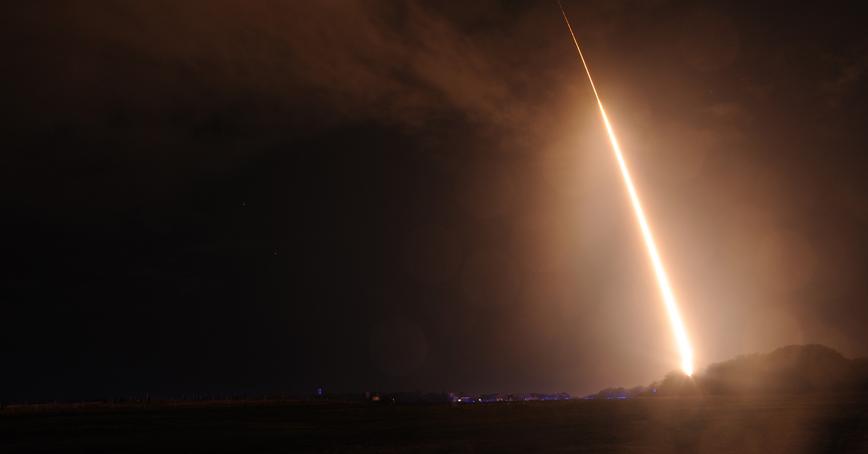RAND Solution

Challenge
The risks of escalation in crisis and war are more diverse today than during the Cold War. The United States faces potential challenges from long-standing nuclear powers, regional nuclear states and entities, and threats to space systems. What steps can policymakers take to help prevent escalation in military confrontations and wars?
Context

Escalation is a natural tendency in any form of human competition. When such competition entails military confrontation, the pressure to escalate can become intense, and the consequences of escalation can be severe. During the Cold War, thinking about escalation focused on strategies to control a two-sided confrontation between superpowers. Today’s security environment demands that the United States be prepared for a host of escalatory threats from long-standing nuclear powers, regional nuclear states, insurgents, and terrorist groups. Moreover, the threat of escalation due to attacks on space capabilities has emerged as a critical issue.
From the beginning of the nuclear era, RAND has conducted innovative research on deterrence theory. In recent years, RAND analysts have examined escalation dynamics in the current security environment, the implications of alternative long-range strike systems for crisis management and crisis stability, and ways to strengthen first-strike stability in space.
“Thus far the chief purpose of our military establishment has been to win wars. From now on its chief purpose must be to avert them. It can have almost no other useful purpose.”
Bernard Brodie, The Absolute Weapon: Atomic Power and the World Order (1946)
Project Description
RAND built a framework for understanding escalation dynamics in the modern security environment. The framework explores various approaches to managing risks in terrestrial and space confrontations, including confrontations with regional nuclear-armed states and large nuclear powers.
Research Questions
- How can the United States manage escalation risk in today’s security environment?
- How can the United States fashion a robust space deterrence regime?
- How can the United States structure and posture its forces to maximize crisis stability?

A Japanese vessel patrols near the Senkaku islands (called the Diaoyu islands in mainland China, and the subject of much dispute between the two nations)
Key Findings & Recommendations
- The United States should clearly communicate its escalation thresholds (i.e., actions that would trigger escalation) to potential adversaries, thus helping to avoid inadvertent crisis escalation and to deter deliberate escalation.
- U.S. space policy should make it clear that the United States will severely punish attacks on its space systems or those of friendly states.
- The United States needs long-range strike systems it can posture in ways that deter conventional attacks without exposing those assets to preemption.
- Air Force personnel should be taught the principles of escalation management.
Impact
Consistent with RAND’s recommendations, the 2011 National Security Space Strategy and the 2012 Department of Defense Space Policy adopted new language concerning space deterrence and U.S. escalation thresholds in space. RAND’s escalation management framework has been adopted by intelligence analysts at the National and Air and Space Intelligence Center and by defense planners in the Office of the Secretary of Defense. The School of Advanced Air and Space Studies has begun to emphasize deterrence and escalation management concepts in its curriculum.
RAND’s escalation management framework has been adopted by intelligence analysts at the National and Air and Space Intelligence Center and by defense planners in the Office of the Secretary of Defense.